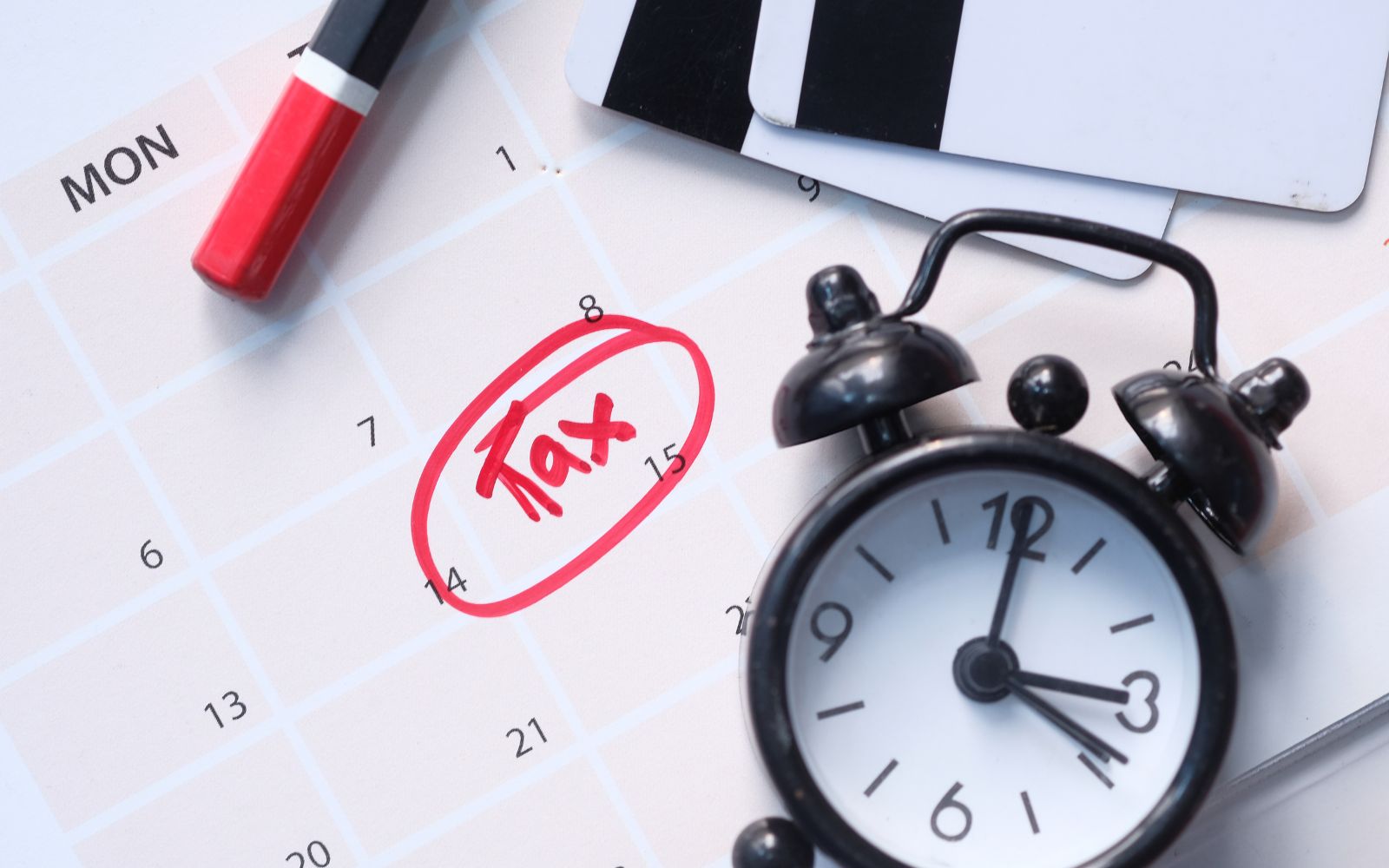Overdrawn director’s loan accounts

At the early stages of running a business, the lines between the directors as individuals and the company can often be blurred – the director may lend money to the company when cashflow is tight and the take a loan from the company, or the company may pay personal bills on the director’s behalf. For accurate, transparent bookkeeping and to avoid fines, transactions between the director and the company should always be tracked via the director’s account.
If a company is ‘close’ (having 5 or
Potential tax charges
If the director’s loan account is overdrawn at the end of the accounting period and remains overdrawn nine months and one day after, a tax charge is triggered. This is the date on which corporation tax for the accounting period is due. The overdrawn amount constitutes a loan to the director from the company.
The tax charge (known as the ‘Section 455 charge’ after the section of the Corporation Tax Act 2010 which imposes the charge) is 32.5% of the amount of the loan. The rate of Section 455 tax is the same as the higher dividend rate.
The tax is paid with, but is not the same as, the corporation tax for the period.
Example
Adam is the director of his personal company A Ltd. Accounts are prepared to 31 March each year.
On 31 March 2018, Adam’s director’s loan account is overdrawn by £20,000. The account remains overdrawn on 1 January 2019 (the date on which corporation tax for the period is due).
The company must pay Section 455 tax of £6,500 (£20,000 @ 32.5%).
Avoiding the charge
Clearing the loan before the Corporation Tax due date, even if the account was overdrawn at the end of your accounting period, can allow you to avoid the Section 455 tax charge. This can be done in a several different ways:
- the director can pay funds into the company to clear the loan
- the director’s salary can be credited to the account to clear the loan balance
- the company can declare a dividend to clear the loan balance*
- the company can pay a bonus to clear the loan balance*.
It should be noted that with the exception of the director introducing funds into the company, the other options will trigger their own tax bills.
*Clearing the loan may not always be the best option – it may be preferable to pay the Section 455 tax instead. This will be the case if the tax on the dividend or bonus credited to the account to clear the loan is more than the S
Anti-avoidance provisions
It is important to note that anti-avoidance rules apply to prevent the director clearing the loan shortly before the Section 455 trigger date, only to re-borrow the funds shortly thereafter.
The information available on this page is of a general nature and is not intended to provide specific advice to any individuals or entities. We work hard to ensure this information is accurate at the time of publishing, although there is no guarantee that such information is accurate at the time you read this. We recommend individuals and companies seek professional advice on their circumstances and matters.




